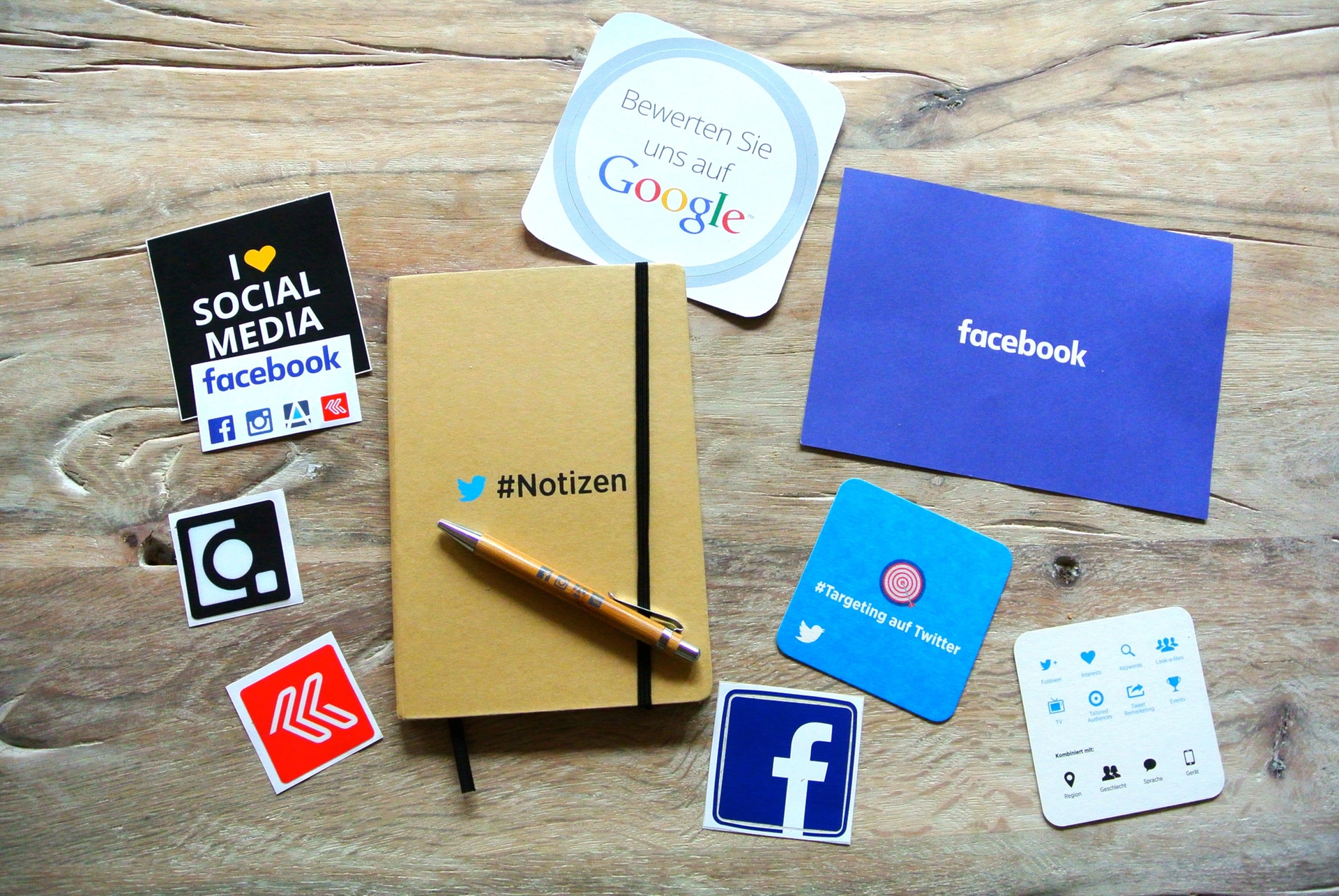If you’re a professional organization, you really should develop a social media policy. Like… now. Everybody’s doing it. Plus, your employees will thank you. So will members of your organization. And your stakeholders. Especially your stakeholders.
Here’s why.
People still haven’t figured out how to navigate social. To most, it just doesn’t seem real. A kind of virtual reality governed by different rules than IRL. Well, wrong. For all intents and purposes, social media is real life.
That’s all to say that things posted online have consequences offline. Unfortunately, too many people take this for granted. They talk smack about employers on blogs, tweet invective they wouldn’t imagine saying to a friend or coworker, and some even inadvertently post trade secrets. Like that extra from the TV show Glee who “accidentally” tweeted episode spoilers, ruining her career in television.
And the kicker: when you post something inappropriate online it stays there. Forever. For everyone to see. And that can damage your organization’s reputation. Irreparably so. Without your credibility, you stand to lose members. You stand to put the very survival of your organization at risk.
With a commonsense social media code of conduct, you’re protecting your organization, and anyone affiliated with it. It’s the prudent thing to do, which is why it comes as such a huge surprise that so many unions and associations have left things to chance.
Keep in mind, a social media policy is an organic document. It’s not static. Add to it, modify it. Use trial and error to develop a system that works for you and ultimately serves your organizational needs. At Arke, we’re constantly building our policy, tweaking it as we learn more and generate better insights about best practices.
The Components of a Killer Code of Conduct
Remember, your code of conduct for online activity should reflect the same ethics, values, and confidentiality policies you have offline. You should also clearly define where it applies. For example: does it cover blog content? Facebook? Twitter? Be as clear and specific as possible.
An effective social media code of conduct takes two things into consideration:
- How your organization should conduct itself online; and
- How your stakeholders should conduct themselves online
Both are extremely important, and there’s definitely some overlap between the two. The first point is self-explanatory. The second, not so much. That’s where things get a little bit tricky. You can’t tell one of your stakeholders how to use their personal social media account.
That said, having a best practices guide is always a good idea. It’s a resource that will help your stakeholders to better represent themselves and your organization. It also makes social media easier to use.
Responsibilities
Broadly speaking, who will be helming your professional organization’s online presence? Will you have a community manager, through which all your online content will be filtered, or is it something you’ll rely on volunteers to manage? How about a mix of both?
Whatever the case, responsibilities should be clearly laid out, so that parties understand exactly what they’re responsible for.
Specific roles to consider:
- Oversight: someone to approve all outbound messaging, who’ll “own” the accounts
- Escalation: someone to address conflict or controversy that might arise from a social media interaction
- Membership/Customer service: someone to respond to inquiries, troubleshoot, etc.
- Engagement: someone to like, share, comment, and post content
- Security/Legal: someone to ensure that all passwords are secure/that IP laws are being observed
- Training: someone to provide guidance and instruction
These are examples of a few very important roles to keep in mind. In most cases, one person will fulfill multiple functions—and that’s okay.
Regulations for Usage
This section will make up the bulk of your social media policy. In it, your organization defines appropriate online conduct—for its own social media accounts and for those of its stakeholders.
This needn’t be overly complicated. Essentially, you should be stressing the importance of decency, respect, and openness. Whether you devise a brand guideline with specific rules for online engagement, or a simple, more general list; it’s important that you’re clear and reasonable.
Other things to cover:
- Personal account usage during working hours
- Confidentiality
Accountability
Developing a culture of accountability over social media is easy. In this section you might advise stakeholders to include a disclaimer in their biography section for their personal accounts. Something along the lines of: “Personal views expressed here do not reflect those of my employer”.
Copyright and Fair Use
Copyright infringement happens all the time online. And it can be extremely costly. People share and modify content freely without first consulting copyright licenses. Sometimes without even providing correct attribution. It’s important that your stakeholders have SOP for all the content they share from other sources.
Websites like Pexels are a fantastic resource for fair use photo content, and there are plenty more resources like it.
Security Risks
It’s critical that you protect yourself online. Here are a couple things to keep in mind:
- How-to guide for creating strong passwords
- Best practices for avoiding malicious online threats
- Procedure for escalation
Your social media code of conduct should be dynamic. Ideally, it’s something that changes as you come to better understand and address some of the unique challenges your organization faces online. And don’t be afraid to get input from stakeholders. Remember, everyone will be consulting it. It’s important that it’s functional and utilitarian.
And last, but certainly not least…




